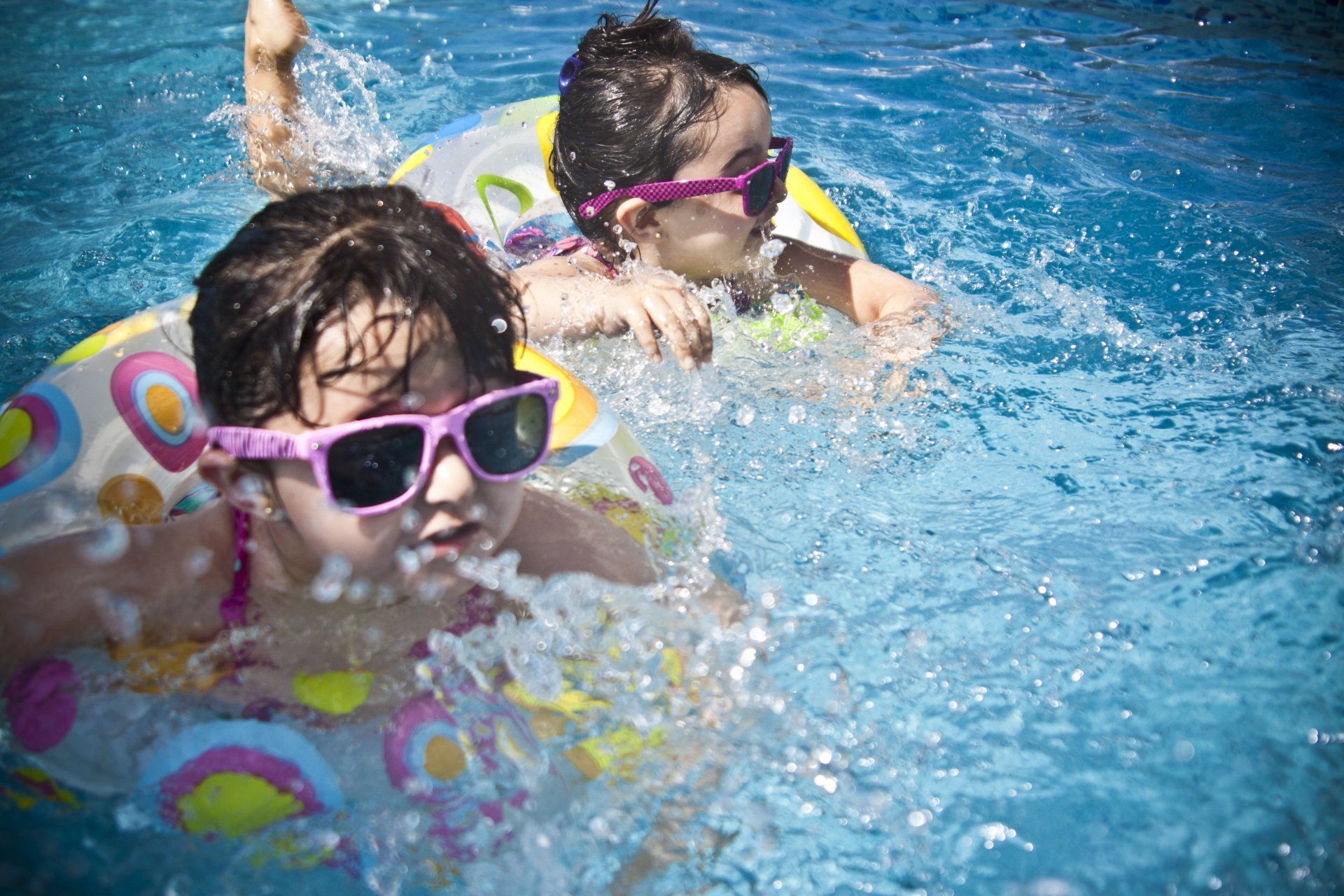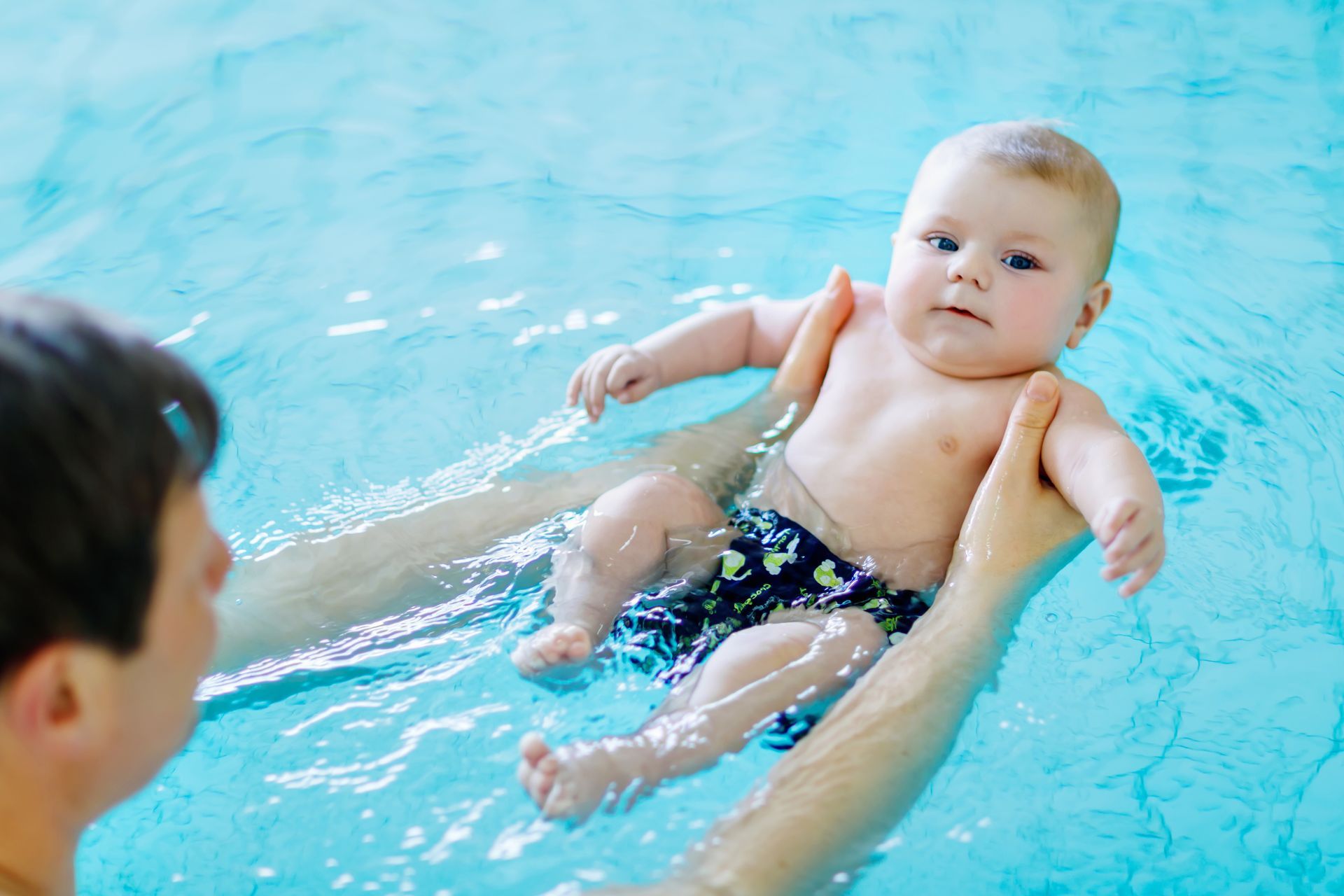The pool is a fun place! Children can play games and be free, but dangerous things can happen in the water as well. Here are some safety tips to keep the water a fun and safe place for children to spend their time:
Children should never swim alone
A child should only swim when there is a parent or lifeguard around, so that they will be protected in case anything happens. If there is no parent or lifeguard around, a child can also use a buddy system. The child should have a friend or another family member to watch them in case anything like drowning may occur.
Always look after children when swimming
A parent should always watch their children when they go swimming in the water because anything could happen. Even children who are educated swimmers should be kept under a close eye. Just put the phone away and spend time with the children.
Children should not play breath-holding games
When in the water, children should not hold their breath under water for a long amount of time. This can increase the risk of drowning as well as make children pass out underwater if they hold their breath for too long.
Children should not jump into the pool to save a friend – It may seem like a good idea for children to become superheroes to save a friend in the water, but both children could get in trouble in the water. It is better for a friend to get an adult who is an experienced swimmer to come to the rescue.
Parents should learn how to do CPR
Cardiopulmonary resuscitation (CPR) is important to know when anyone steps into the water because a drowning event can occur at any time. By knowing how to do CPR, a person may be able to save a life. Then you can truly be a superhero.
Go into the pool feet first
Never jump or dive in shallow water. Doing so can result in serious injuries. If children want to jump or dive in the water, you need to show them the proper way to do so.
Keep children away from pool drains
Strains of hair, swimsuits and body parts can become hazards when close to pool drains. Being near drains can cause drowning and other severe injuries that parents would not want to happen to their children. It’s also dangerous if a drain is missing a cover or is broken and this should be reported immediately.
Alcohol and swimming are not a good combination
Drinking alcohol can alter an adult’s judgment, coordination and balance. If these are not operating properly, adults will not have the coordination to swim. Alcohol can also lower a person’s body temperature.
Test your children’s knowledge
As a parent, you want to make sure your children are safe. Ask your children how much they know about water safety. If they leave anything out, just refresh their memory. This way the next time they go into the water your mind will be at ease.
The water is an exciting place to be and to keep it that way, children need to stay safe. Educating children on these tips will do just that. Parents and children can have a lot of fun in the sun.
Sign up for a Free Trial, click here or call us at 561-818-7946







